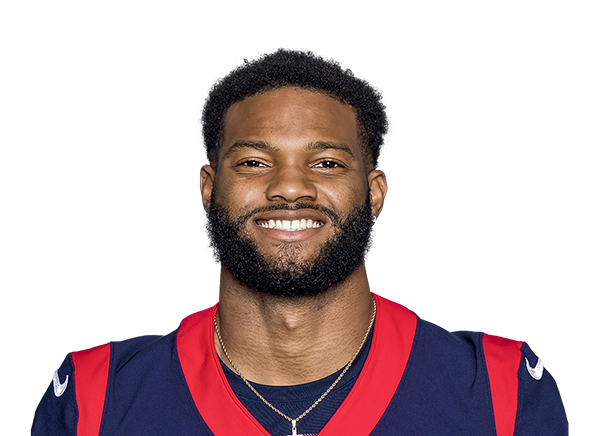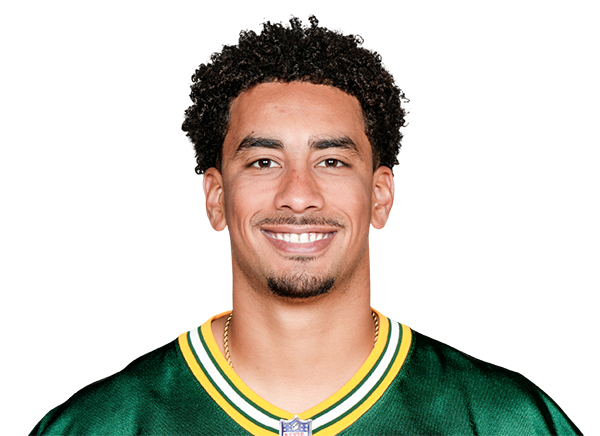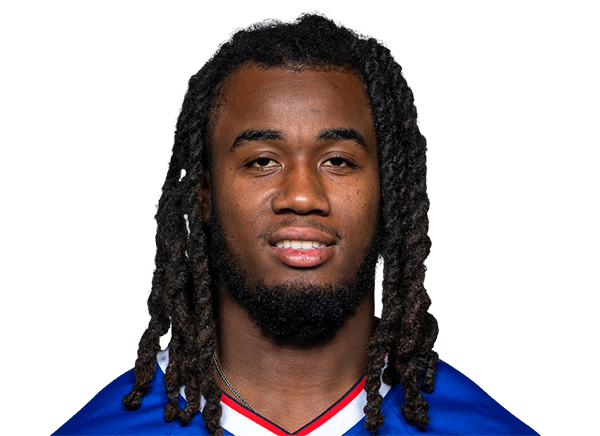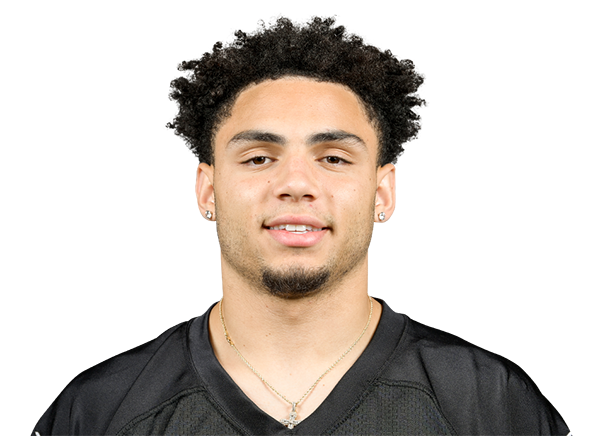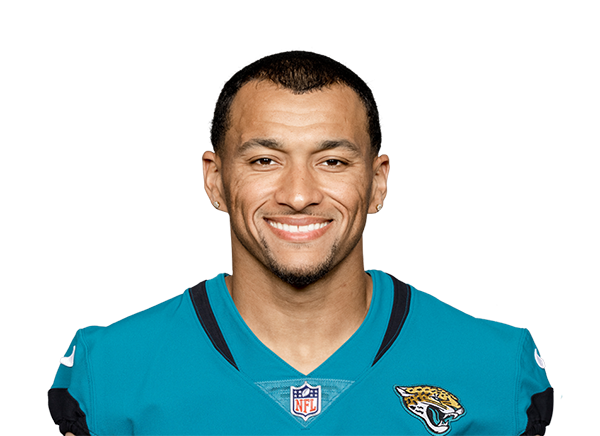Dynasty Fantasy Football Mailbag: Sam Darnold, Rome Odunze and Some Player Assessments

“She turned around to look at me,
As I was walkin’ away
I heard her say over my shoulder
‘We’ll meet again someday on the avenue,’
Tangled up in blue.”
-Bob Dylan (Tangled Up in Blue)
Welcome back to the DLF Mailbag, the preeminent mailbag in all the dynasty fantasy football land.
After taking this series back over last year, I’ve gladly accepted the opportunity to run it back again! In doing so I’m hoping to continue to provide bespoke, actionable advice to any and all comers. This, of course, brings me to the important point noted in the below paragraph, regarding you helping me help you:
As a reminder, there are multiple ways to pose your burning questions! I’ll be soliciting weekly feedback via X/Twitter (look for a new pinned tweet each Monday), and you can also reach out using our Discord channel, or the old-fashioned way (via our online webform).
Let’s get to it!
From the Old-School webform…
In the interest of full disclosure, these questions came my way towards the end of the fantasy regular season, but I believe they still hold relevance today and as such will provide responses.
Same (Darn)old Story, Same Old Song and Dance
“Is Sam Darnold worth a 2025 mid-second round pick in a 10-team, superflex, TE-premium league? My current quarterbacks are Baker Mayfield, Dak Prescott, Kirk Cousins, and Jameis Winston. I’m trying to determine if the value is there considering he most likely ends up on another team next year that will not have the same luxury of weapons to prop up his weekly potential.” – Luke in Kansas
I want to start by focusing on the last bit of this question, particularly the phrasing “…he most likely ends up on another team next year that will not have the same luxury of weapons to prop up his weekly potential.” It’s true the Vikings possess an enviable combination of both high-end talent and coaching. Justin Jefferson is arguably the league’s best receiver, Jordan Addison is an intriguing young talent, and TJ Hockenson remains a top-tier tight end. These are players who could make many a signal caller look good, but importantly there are some interesting numbers when comparing Darnold to his 2023 predecessor, Kirk Cousins.
Stats courtesy of Pro Football Reference.
Stats courtesy of Pro Football Reference.
Both players were accurate (82.2% on target throws for Cousins, shown on top, and 79.9% for Darnold, shown on bottom), and were pressured at roughly the same clip (25.1% for Cousins, 24.1% for Darnold). Both also benefited from yards after the catch, with 4.6 per completion for Cousins and 4.8 for Darnold.
Importantly, Darnold was far more aggressive than Cousins, with 1.2 additional intended air yards per passing attempt than his counterpart, resulting in an additional 1.1 completed air yards per attempt. While no one metric rules them all, this tells me that a larger degree of Darnold’s production may be due to his own play as compared to Cousins, who was a bit more risk-averse.
Past that though, my general school of thought when it comes to non-first-round picks in rookie drafts is I’ll almost always prefer proven production. The smaller league format (10 teams), coupled with the superflex and TE-premium nature does make these picks more valuable – but even so, I’m not personally bullish on the 2025 rookie class as a whole.
Like Darnold, Mayfield has been another surprise story this season and appears locked in at one of your quarterback slots. However, Winston and Cousins may not be viable starters in 2025, and Prescott was quietly a poor fantasy performer even before his injury, despite Dallas boasting a top pass catcher in Ceedee Lamb.
DLF’s Trade Analyzer largely seems to agree with my thoughts, as shown below. Additionally, Darnold’s strong play has led the Vikings to the cusp (as of the time of this writing) of the NFC’s #1 overall seed. Given this, rumors continue to persist that he may be back with the team come 2025, despite last year’s selection of first-round signal caller JJ McCarthy – the perpetuation of this marriage could yield dividends for both parties, while also putting to rest any concerns of his future supporting cast.
Visions of the Future
For a middling but young team in a 12-team, half-PPR, what is your point of view on the following players (list provided below)? – Brian in Chicago
Let’s lightning round this one, shall we?
Kyler Murray – Murray isn’t an asset on whom I’m bullish. He had another pedestrian season from a real-life perspective, ultimately reflected in a QB12 fantasy finish. He’s a guy who I’d rather move a year too early than a year too late at diminished value. Sell.
Jahmyr Gibbs – Gibbs is arguably the top dynasty running back, and if not he’s at least in the conversation. I view him as a foundational piece. Hold.
Kareem Hunt – He had a nice “lightning in a bottle” couple of games, but he would be one of my first cuts once rookies are added to your roster. Cut.
Trey Benson – While I’m wary of selling players too soon (as I watch Quentin Johnston approach 200 receiving yards on the television), this was a phenomenally bad rookie effort, ultimately resulting in the Cardinals re-signing veteran James Conner. Some value inflation remains, and I’d cash out on it. Sell.
Ray Davis – Davis has looked solid, if unspectacular in limited action, and is the next man up behind James Cook. That’s enough to warrant and end-of-roster stash. Hold.
Sean Tucker – I just don’t think Rachaad White is very good, though Tucker is decidedly behind Bucky Irving in the pecking order. Still, holding a 2a/2b ball carrier is questionable. Hold if you have the space, otherwise sell or cut.
Isaac Guerendo – The fear is the 49ers bring in/bring back some competition, but Guerendo has looked great this year. Hold.
Will Shipley – See Benson, Trey. Maybe he’ll be the #2 guy in 2025, but prior to a meaningless week 18 contest he only had 20 inefficient carries. Sell, and cut if necessary.
Malik Nabers – Top five dynasty asset. Hold.
Garrett Wilson – Another 1,000-yard season on yet another dysfunctional Jets offense. Better days should eventually come. Hold.
DeVonta Smith – Too boom or bust for my preference. Given his name brand recognition he could still fetch some positive return. Sell.
Jameson Williams – Finally scratching the surface of his talents, and the Lions are committed to getting him the ball in different ways. Hold.
Jordan Addison – Good player and dependable touchdown scorer, but he lacks a WR1 ceiling. Sell.
Rashod Bateman – A quietly solid season has allowed him to rehab his value. He’s one I’d rather hold a year too long, as there may be some later career intrigue similar to a player like Jakobi Meyers. Hold.
Dontayvion Wicks – Rational minds may differ, but I view him as the team’s WR3 at best, and fourth target in the passing game when including tight end Tucker Kraft. There are unfortunately too many mouths to feed from a fantasy perspective in Green Bay. Sell.
Trey McBride – I thought regression was coming. I was wrong. Hold.
Pat Freiermuth – Meh numbers on a meh offense. That’s enough to be a TE1 in today’s NFL, however. An uninspiring keeper. Hold.
Focusing on some of the star power, you might be looking for a consolidation deal to improve your fortunes at running back and quarterback. Obviously this is a fanciful scenario where you have a willing trade partner who can accommodate your needs, but something like the below could be feasible.
The Rome-n Empire
What is driving the significant concern with Rome Odunze? Is it the offense generally or Odunze? Obviously he has been underperforming Malik Nabers and Marvin Harrison on an absolute basis, but given the challenges with the Bears offense this year, I think he’s been doing pretty well. What are your thoughts? – Thomas in New York
While we’ve seen rookies transcend situation, including as recently as this season with Brian Thomas on the Jaguars, it was always going to be tough for Odunze given the presence of veteran teammates DJ Moore and Keenan Allen. These are players who have been getting it done year in and year out, and as such are not fair players for direct, comparative measure.
Snap data courtesy of 4for4.com.
At the minimum, Odunze got on the field early and often, as shown above. This is no guarantee, and shows the coaches found him to be ready to contribute. And while the rest of the team’s receivers were beyond suspect, game planning could’ve instead included more two-TE sets with Cole Kmet and Gerald Everett, but the latter only played 23% of the team’s snaps.
Continuing, from a raw passing data standpoint, the Bears were below average. They were second last in the league in yards per game and 22nd in passing scores, though were slightly above average in terms of passing completions. On average, the Bears provided 35.6 weekly half-PPR points to their pass catchers. All told, given the target competition and lack of passing proficiency, the best asset on the team was Moore as the seasonal half-PPR WR22. This speaks to the initial point in the question, and also backs the argument as to why base numbers are not necessarily indicative of the real-life situation.
For an apples-to-apples comparison, I like to use my Advanced Improvement Ratio metric (AIR), as it renders additional noise moot. A team provided a certain number of fantasy points to their pass catchers on a certain number of attempts; conversely, a pass catcher received a certain amount of said points on a certain quantity of said attempts. The ratio can then be applied in a comparative manner across players in a team, and even with players across different teams (an exercise I’ve performed numerous times before).
Applying the calculation, the following AIR values are tabulated:
- Moore: 1.13
- Allen: 1.08
- Odunze: 1.03
This is both a win and a loss. A value over 1.00 suggests a player provided value above the median; while 1.03 isn’t great, the alternative sub-1.00 value would suggest inefficiency. The other half of the coin is Odunze simply wasn’t as efficient as his veteran counterparts, likely explaining why they earned more targets than the rookie. Importantly, touchdowns are highly influential here – with only three compared to seven for Moore and five for Allen, this is part of the reason Odunze’s AIR metric may have suffered.
To add context to the quantitation, Odunze was utilized differently than his positional cohorts. Per Pro Football Reference, Moore had an average depth of target (aDOT) of 7.9 yards, while Allen’s was 9.0 yards. These are tight end-type numbers, especially as compared to Odunze’s aDOT of 14.0 yards. If Williams improves his woeful 71.3% on-target throw percentage, Odunze’s higher value looks are going to pay off in the future.
Despite having a similar “blah” year (57-822-7) despite better quarterback play and weaker target competition hierarchy, Harrison continues to see additional value insulation. To be clear, I still like him a lot and believe he’ll have a fine future. But if you’re a believer in Odunze as I am, a deal like the below could maximize value for you.
- Dynasty Fantasy Football Mailbag: Sell High on Jayden Daniels? - February 18, 2025
- Dynasty Quarterbacks in the Final Year of Their NFL Contracts - February 17, 2025
- Dynasty Fantasy Football Mailbag: Rome Odunze Worth the 1.01? - February 11, 2025






















